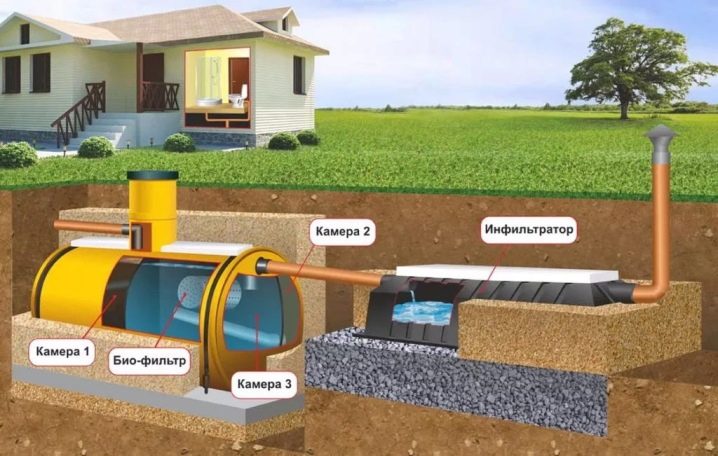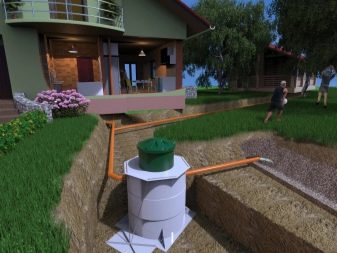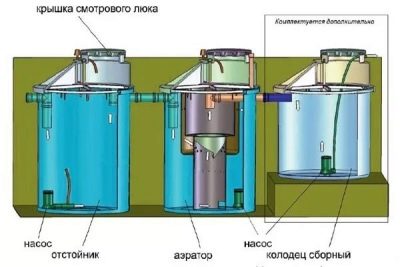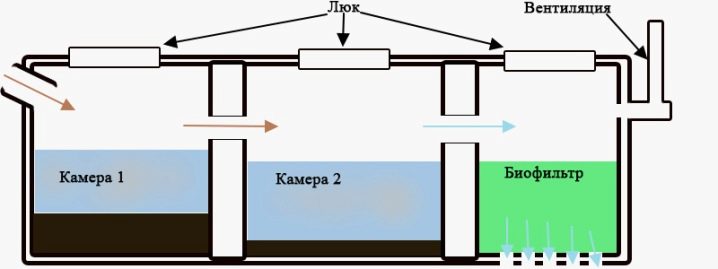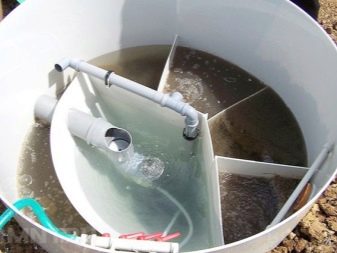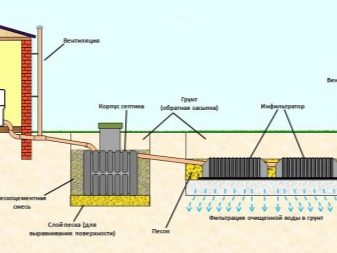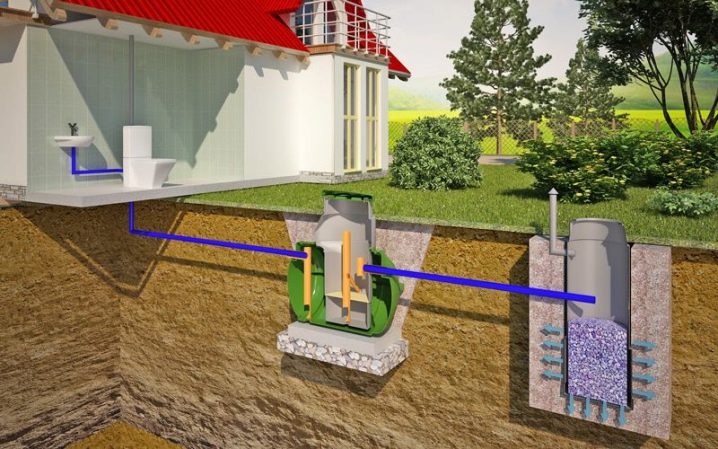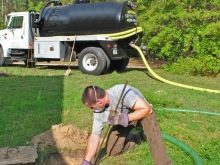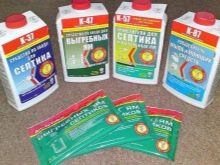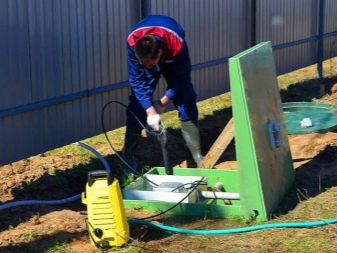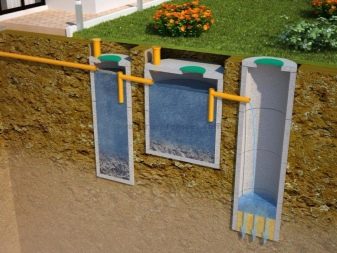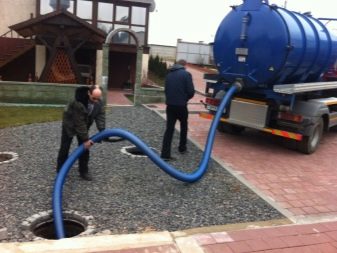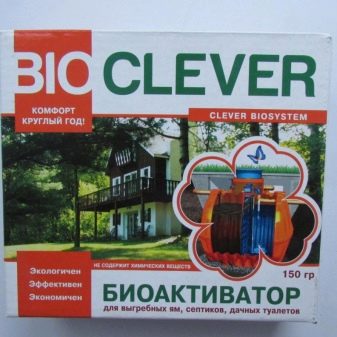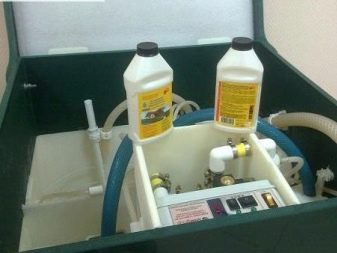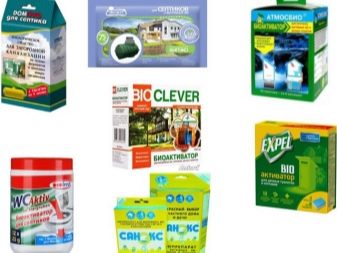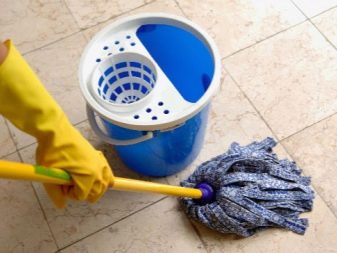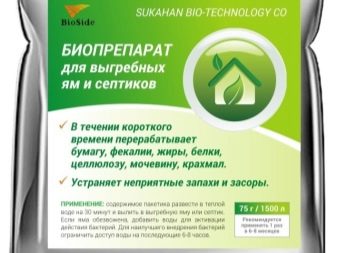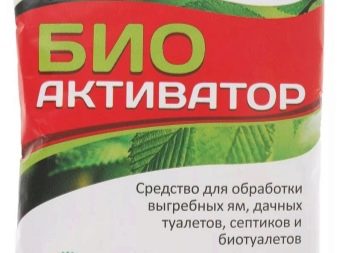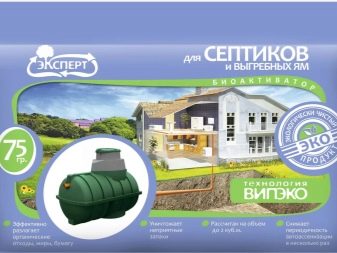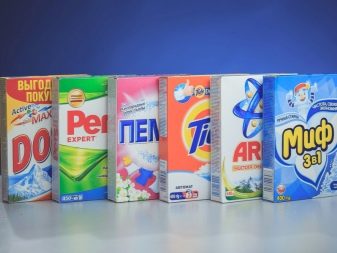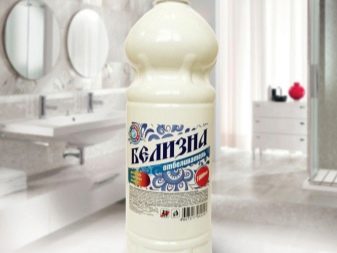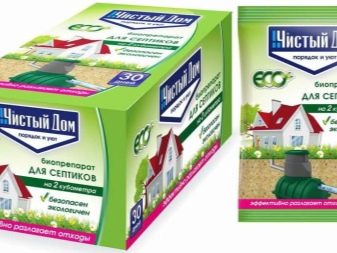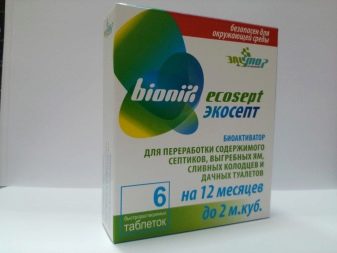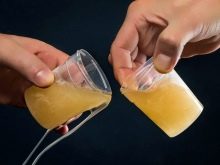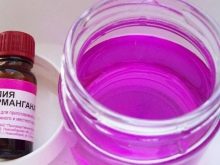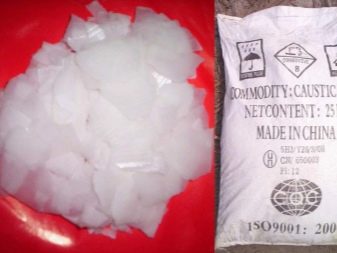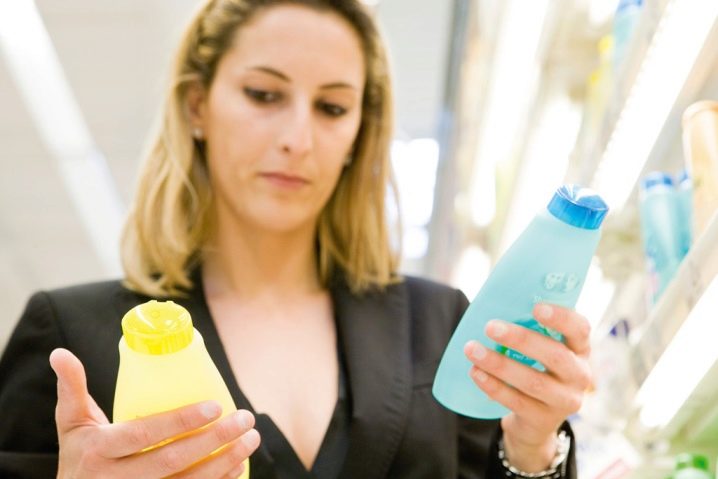Cleaning septic tanks: methods and recommendations for care
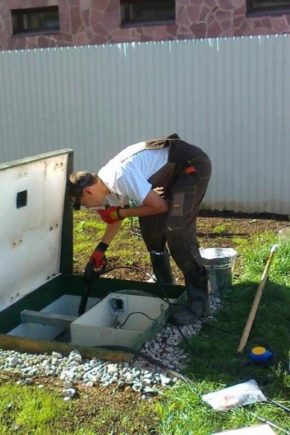
Installing a septic tank allows you to effectively clean the waste water entering it. But in itself, the sewage treatment plant requires constant care and cleaning, because the operational qualities of the mechanism depend on it. Before starting the cleaning work, it is necessary to understand the structure of such a mechanism and the principle of its operation.
Device purpose
Septic tanks are designed to clean sewage from the sewer system. In particular, private houses and cottages that are not connected to the central sewer system need their installation.At a remote distance from the city, the electrical network can work intermittently, and the installation of the purification plant does not require connection to the electrical grid, that is, the operation of the mechanism is autonomous.
Septic tanks are designed to clean household waste, the volume of which is 25 m3 / 24 hours. Due to the use of several chambers, they are capable at a different level to perform not only filtration, but also bacteriological purification of a liquid. At the outlet of the purification plant, the liquid is not intended for drinking, but it can be used for domestic and household needs.
A septic tank is an excellent substitute for an outdated drainage ditch, in which contamination of soil layers with sewage was allowed, and also they did not meet modern standards of hygiene.
Treatment facilities can also be cumulative in order to prevent an ecocatastrophe in the local range. They can be made not only in the form of underground, but also above-ground structures. According to the method of transportation, the drains are self-flowing and with forced injection through a pump.
Principle of operation and device
The design of the collection and purification of wastewater can have a simple or complex system, but at the basis of its operation is the general principle: the liquid settles, is cleaned and discharged into the soil layers or well. The level of cleaning fluid depends on the model of construction. The septic tank is installed underground, which allows drains to move to it by gravity, without the use of special pumps.
The tank for collecting the liquid consists of 3 chambers:
- the receiving chamber performs the deposition of large waste to the bottom of the tank;
- 2 chamber - here by means of microorganisms splitting of organic substances and purification of the liquid occurs;
- 3 chamber - sump for light parts of waste.
All sections of the cleaning system are interconnected by means of hoses.
Sewage from sewage flows into 1 chamber. It separates water from large particles of waste through filtering grids or by the method of a settling tank, when solid particles settle to the bottom of the tank. When water flows, the rate of sedimented water increases. The liquid, rising to the overflow pipe, which is located at a certain height, gradually flows into the next compartment.
After the water enters the 2nd chamber, chemical cleaning of the waste is carried out by means of chemicals. In the process of fermentation and splitting of organic residues, heat and gases are released, which are discharged through a ventilation pipe. However, some microorganisms remain in the liquid. In some cases, suspended particles of waste from 1 compartment fall into the second, here they are filtered and recycled.
After the chemical cleaning, the liquid enters the 3rd chamber, where the final elimination of microorganisms takes place with the help of UV radiation or the use of fine filtering mechanisms or anaerobic bacteria that feed on sludge.
The liquid after passing through 3 stages of cleaning enters the filter field or into the layers of the soil. The septic tank functions until the moment when the volume of the settled sludge does not exceed a certain level. In general, manufacturers install specialized sensors that, in due time, notify the need to clean the septic tank.
The main advantages of the cleaning system is the possibility of draining any type of wastewater with almost any constituent elements., and the presence of several methods of purification allows you to effectively deal with solid waste. As the main building material for the manufacture of a septic tank, use is made of plastic, metal with a special polymer coating or concrete rings for self-construction of the system.
After reviewing the principle of the septic tank, it will be easier to figure out how to clean this mechanism.
There are 3 ways to clean the septic tank:
- mechanical;
- chemical;
- biological.
Mechanical cleaning
Mechanical cleaning method is more suitable for cesspools. The owner of the house needs to find out what the depth of the pit is and when the last cleaning work was done. On the walls and bottom of the pit, a dense layer of plaque is formed, the thickness of which can be very large.
To pump out the cesspool with their own hands, they use an ordinary bucket, which must be tied to a rope. With the help of such a structure, all types of pollution are eliminated, but many people cannot afford this variation of pumping, because it takes a lot of time and effort. It is necessary to have physical strength to remove all contents from the septic tank. Also, this waste must go somewhere.
To simplify the cleaning process, a mechanical pump is used, which can be purchased at any specialty store.
If you connect the system correctly and install a suction and pressure hose, the cleaning procedure will be effective and fairly short. 1 hose should be lowered into the cesspool, and 2 placed in an airtight container. As soon as it is full, it is taken out of the area, the contents are disposed of.
It is much more efficient to hire an assenizatorskaya machine to clean the septic tank. It takes a few minutes to clean the largest tank. To do this, you need to take care of the free access of equipment to the cleaning mechanism. A firm providing similar services offers a comprehensive solution. They are able to liquefy the sludge, clean the sewage system and perform a complete disinfection of the septic tank.
There are automatic cleaning systems, i.e. septic tanks with pumping. Automated filters 2 times a week wash the septic tank, while excess fluid is discharged into the sewer. This method of purification is not ideal, especially if bacterial preparations are used.
Microorganisms are very sensitive to mechanical loads, so a large number of them die.
Biological method
The biological and chemical method of deep cleansing is very similar to each other, they differ only in the means used. The chemical method cannot be used when clogging biological septic tanks made of plastic and metals, unless they are covered with a special coating to protect against chemicals.
Step-by-step instructions for the biological and chemical cleaning of the septic tank:
- In this variation of cleaning, the liquid is not pumped out. A product containing a strong chemical alkali or bacteria is purchased. It can be liquid, granular, powdered.
- The required concentration of the drug depends on the type of cleaning system, its volume and size of the structure. It is not recommended to use more special equipment than specified in the instructions.
- The drug is poured into the cumulative septic tank. If there is an installed well with divided cisterns, the pre-treatment chamber, which is the most polluted, is processed first.The reaction can last from 2 hours to 72 hours.
- This procedure is almost silent, it can be accompanied only by the sounds of hissing.
After the purification is completed, one should pass a stream of clean liquid through the purification mechanism, check the agrobacteriological filtering mechanisms and fill the new batch of microorganisms.
Manufacturers create biological products by deep cultivation of soil microorganisms. Of them choose live bacteria that can in a fairly short period of time to recycle household waste from the sewer system.
There are several varieties of biologics.
Anaerobic
For efficient operation of microorganisms does not require the flow of oxygen from the external environment. Such bacteria are designed to be added to closed sections of the cleaning system, in which they will decompose organic matter as quickly as possible. Under the influence of the activity of bacteria, organic matter is broken down into insoluble waste particles, which sink to the bottom of the tank, and the water is purified and clarified.
The liquid purified by bacteria can be used for domestic needs.
The disadvantages of the use of biological products containing microorganisms in their composition include:
- wastewater is treated only 65-70%;
- requires periodic cleaning of the first chamber by means of specialized equipment;
- during the functioning of microorganisms, some of them emit specific flavors (methane).
Aerobic
The work of aerobic bacteria requires the presence of oxygen, therefore this method of purification can be applied both in septic tanks and cesspools. But if they are used in closed containers, then you must first install an aerator that will enrich the water with oxygen.
This type of biopreparations is capable of maximally cleaning drains, leaving a minimum amount of waste. The purified liquid can be used as a fertilizer.
Bioactivators
Bioactivators are mainly composed of several types of microorganisms and enzymes. Such drugs can be universal or with a narrowly targeted purpose. The initial formulations of bioactivators are used to revitalize bacteria that were previously launched into the cleaning system.
There are special preparations of enhanced action.They are used in cases where the mechanism is heavily clogged. These drugs use a limited amount of time, after which you need to go to standardized formulations. Preparations with a narrowly targeted administration are intended to cleanse the septic tank and cesspool from certain types of contamination (soap residue, grease). Purification of fluid through bioactivators is 75-80%.
All household chemicals negatively affect aerobic and aerobic microorganisms. Detergents (washing powder, bleach) can lead to the death of microorganisms. Such bacteria cannot be described as not being afraid of chemistry, but chlorine contained in SMS can destroy even resistant microorganisms.
When using such agents in a household, it is necessary to take into account all the requirements of manufacturers of bacteria intended for cleaning the septic tank. When properly selected, the chemistry will not have to apply.
It is also necessary to take into account the fact that in the winter without an additional insulation layer, the cleaning system can freeze. This will lead to the death of a large number of microorganisms.
How to choose biologics?
There are no specific rules for the selection of biological products, but experts recommend homeowners to follow some guidelines:
- Owners who use wastewater as a fertilizer can pay attention to pills. Such bioactivators are capable of recycling toilet paper and large waste into a liquid that does not have a specific odor. Recycled water can be used for watering plants.
- In other cases, you can opt for powdered and liquid formulations, cleaning the drains almost completely.
Maintenance tips
Compliance with the rules for maintenance of the treatment plant will not only protect the structure from washing, but also extend its service life.
It is prohibited:
- dumping of the remains of the decayed vegetables and fruit;
- throw away construction debris (sand, cement, putty);
- washout of biodegradable items: bags, candy wrappers, rubber gloves, gaskets, cigarette butts;
- liquid, which includes potassium permanganate or other types of coloring products;
- any types of drugs;
- items used for maintenance of equipment: oil, antifreeze, windshield wiper, petrol, diesel fuel;
- pet hair.
With a long break between cleanings, as the reviews say, the resulting sewage turns into a viscous mass, which is quite difficult to pump out with a pump. For its liquefaction apply specialized chemistry, which consists of nitrates, ammonium or formaldehyde. As prevention and cleaning, ordinary caustic soda is used. It is a powdered agent that is part of many drugs designed to clean the sewage system from grease and silting.
Pure soda is not used to clean the septic tank; it must be dissolved in water in the ratio of 2-4 kg of soda per 7 liters of water. The amount of caustic soda depends on the capacity of the purification plant.
When buying in the store powders, shampoos, detergents, you must carefully read the composition of the drug for the presence of harmful substances, these include:
- chlorine;
- petrochemical products;
- phosphates;
- acid, alkali;
- nitrate oxidizers.
You can replace them with self-made cleaning agents made from safe ingredients: baking soda, mustard, citric acid.
You can also use ready-made special devices with biodegradable composition. Biodegradable components that make up drugs can decompose when released into the environment. They do not pose a threat to microorganisms living in the cleaning system.
For more information about septic tanks and care for them, see below.
